How to Make Your Home Safer for Children
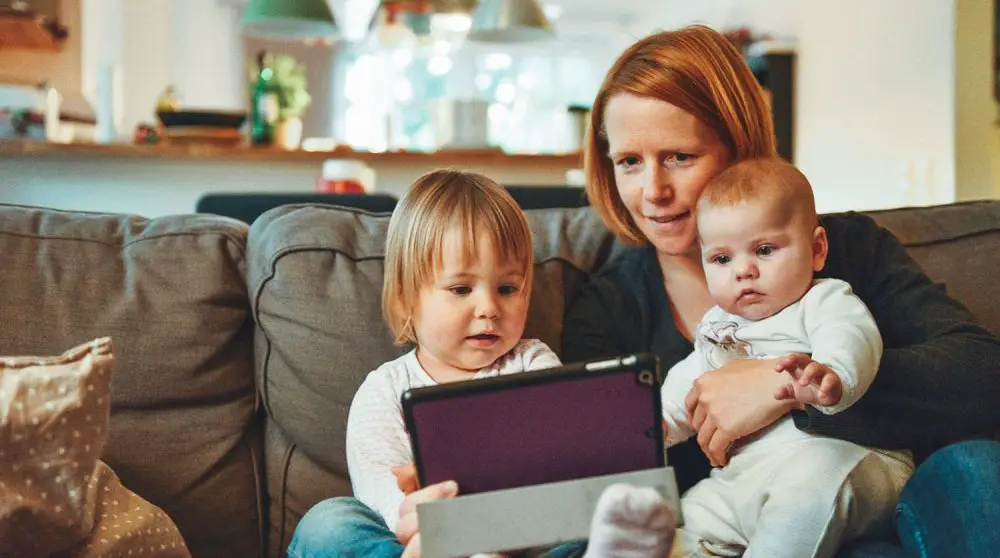

When an infant or small child is involved, it’s important to make your home safe for them.
This is especially so for new parents and parents who move to a new home or apartment that might be great living spaces for adults, but not for small children.
Infants and toddlers can be surprisingly accident prone inside an otherwise safe home environment. Such accidents have become so common and have such serious ramifications, that child safety organisations have labelled them a major public health threat.
To illustrate this, here are some sobering statistics from Kid Safe, the Child Accident Prevention Foundation of Australia:
While children are indeed highly vulnerable to accidents inside the home, the vast majority of these accidents can be prevented.
This can be done by making the home as child-safe as possible, for example, removing or repositioning potential hazards that would threaten the safety of your child.
Read on for some childproofing tips you can act upon immediately to help make your home a safer place for babies and small children.

Even if you’re already knowledgeable in CPR and first aid, extra training will grant you some added child and infant-specific skills.
The physiology and anatomy of babies and toddlers are quite different from adults. Their bodies are less developed and more delicate than those of teenagers or adults. As such, first aid procedures that are administered on adults may cause physical harm if performed on infants and children.
If you’re a new parent or guardian, or if your occupation places you in a position of caring for small children, then the Child Care first aid course is what's needed.
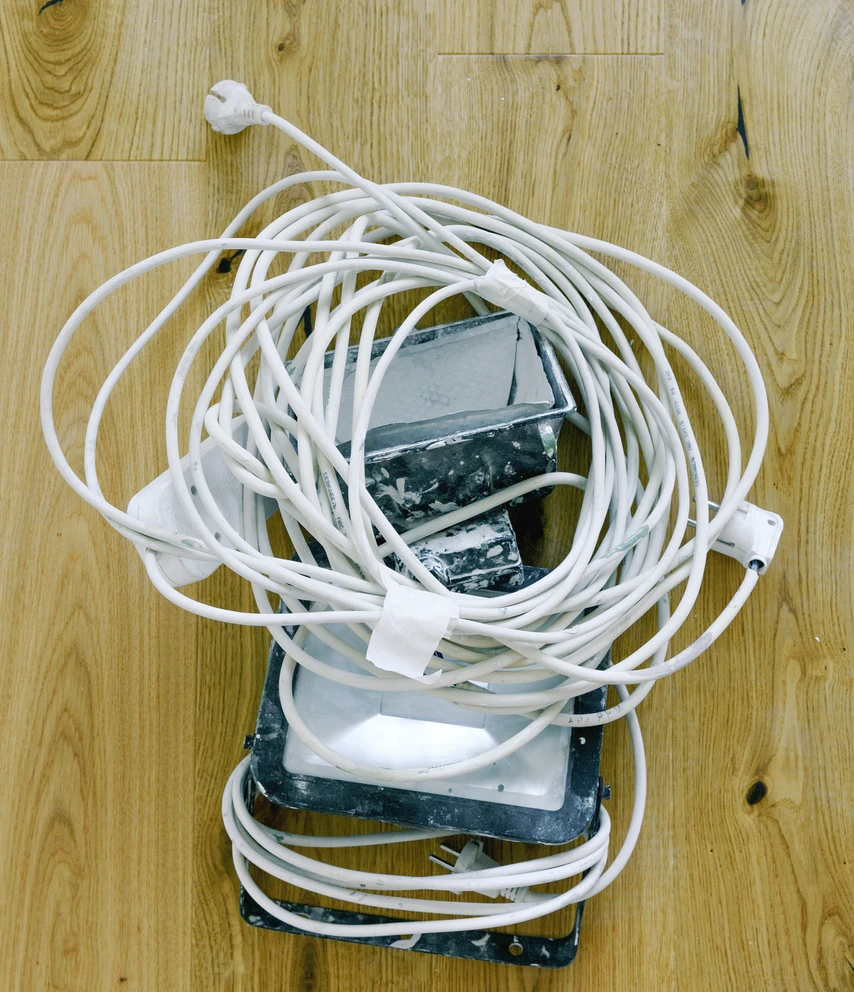
Loose cords or wires are known to tangle around children’s necks. Cords for curtains and blinds are notorious for strangling children and should be kept well away from your child’s crib or bed.
To prevent accidents in your home, make sure all the cords in your house – even in unlikely places for your child to reach – are truly out of reach.
You can do this by taping or bracketing them to walls or skirtings, removing them outright, or rolling up and tying cords in lengths that present no danger. Cords for blinds should be tied up, or a cordless window covering could replace the blinds.

Despite their underdeveloped fine motor skills, small children seem to find ways to light matches or start accidental fires.
Makes sure lighters, matches, candles, and gas stovetops are not within children's reach.
Infants and toddlers may also chew on candles and choke on the wax, so don’t leave them lying around.

Kitchens are dangerous territory for small children. Install a child-proof gate across the entryway.
Do this so small children don't have unsupervised access to potential hazards that include electricity, gas, heat, sharp edges in steel or glass, cleaning chemicals, heavy items on high shelves, etc.
As for infants, it’s best not to invite risk by carrying them while you're cooking or cleaning.
If you must have a child in the kitchen, don't take your eyes off them.
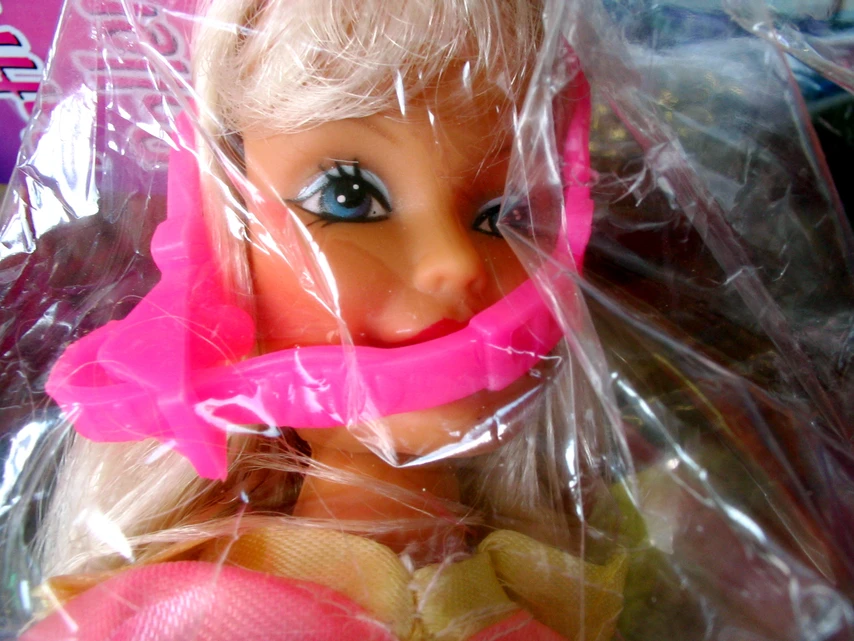
Only buy toys that are well-made and designed for your child’s age.
Playthings with sharp edges, projectiles, or small parts can present cutting, blinding, or choking risks for children.
Some toys may be covered with toxic paint or substances that present a poisoning risk, especially when an infant is teething.
When buying a toy for your child, always check the safety information on the package before purchasing. If in doubt, check with the shopkeeper first, or read reviews of the product online.
Be careful with stuffed or plush toys. Soft as they are, the risk to your child could be suffocating on the toy.
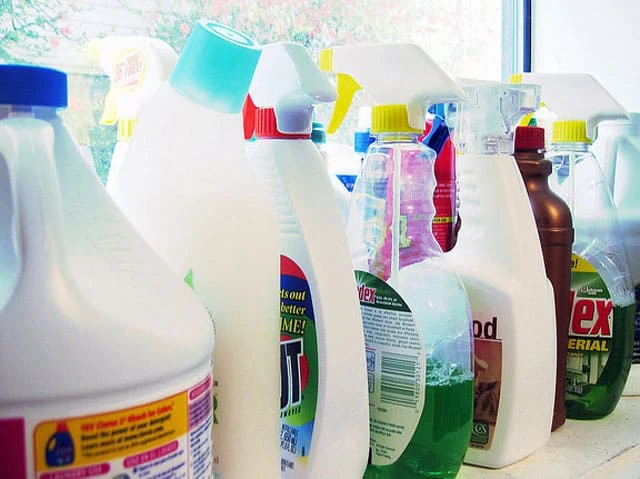
Toddlers and small children are unable to tell the difference between something poisonous and something edible, like candy. You need to keep any and all potential poisons out of their reach.
This includes prescription and over-the-counter medicines, vitamins, cleaning supplies, insecticides, rat poisons… the list goes on.
Crayons should also be properly stored away when not in use. Perhaps because of their bright colours, crayons often end up in the mouths of babes.
If you believe your child has ingested something it shouldn’t have, call your local poisons control centre or emergency services, immediately.
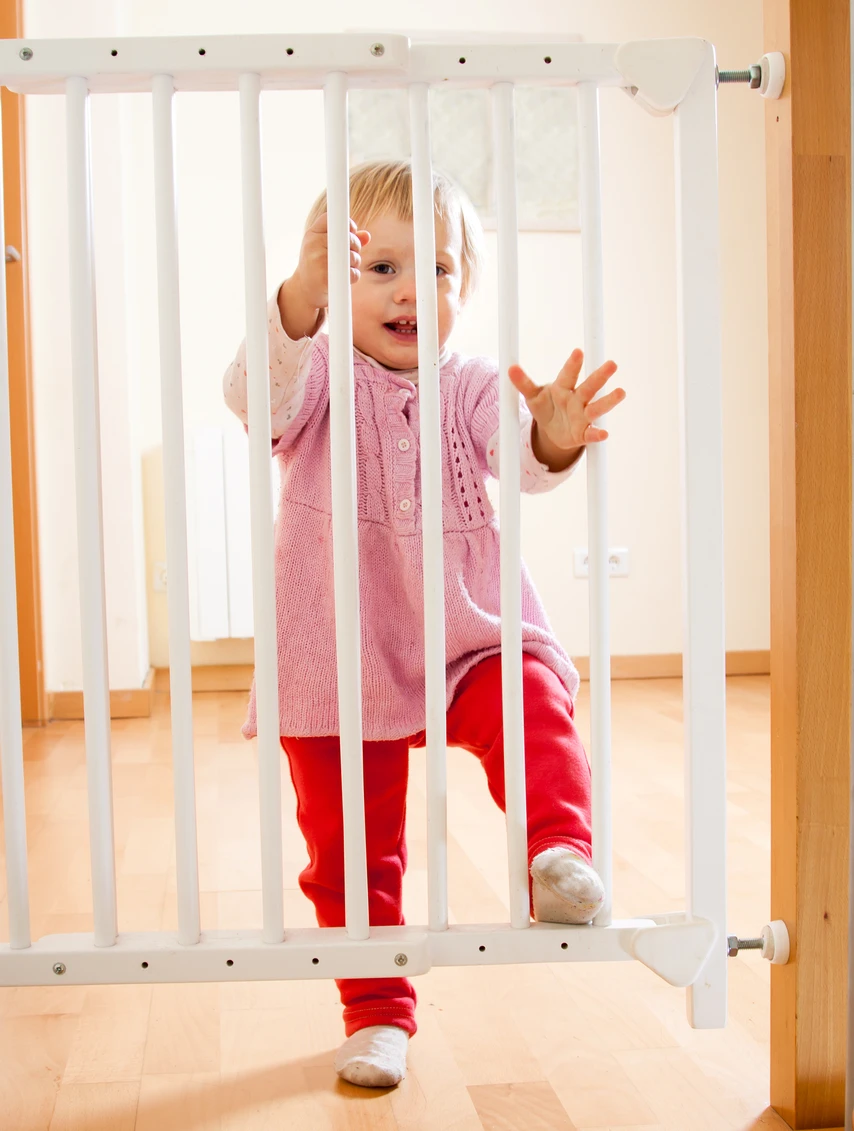
If your child is old enough to start crawling or walking around the house, make their surroundings safe for them to navigate.
Tables, desks, and other furniture pieces with hard corners or edges close to the floor should be fitted with rubber buffers to cushion accidental impact.
Plastic or rubber inserts should be inserted in electrical outlets when not in use to cover them and prevent accidental electrocution.
Childproof gates should be used for stairwells to restrict access.

Injuries caused by falling objects or being crushed by them are major causes of infant and toddler death in Australia.
Appliances and furniture that could topple over need to be firmly secured for stability and safety. This includes bookshelves, microwave ovens, refrigerators, TVs, computer monitors, and more.
Heavy books or objects displayed on high shelves should either be placed somewhere lower or else secured by reliable means.
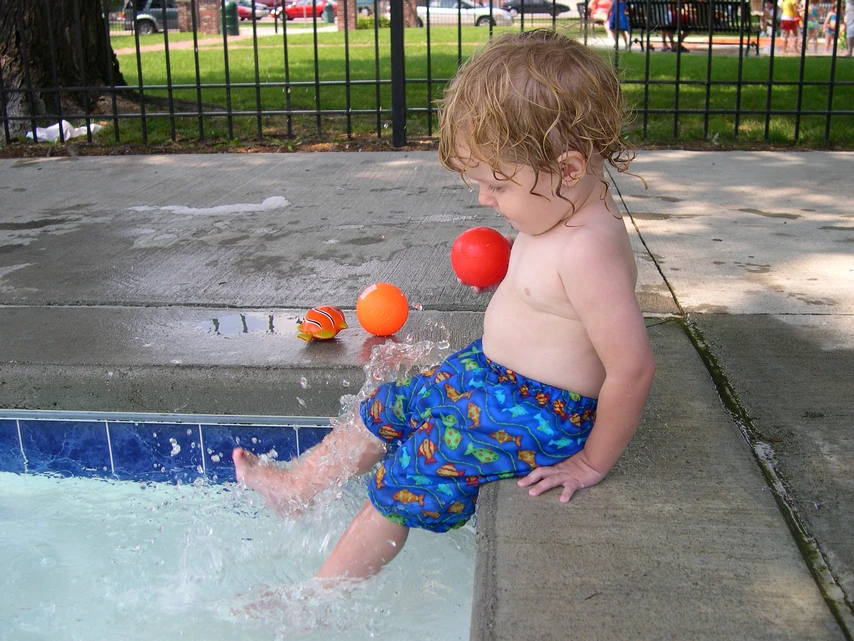
It takes only a few centimetres of water and even fewer minutes for an infant or toddler to drown. Don't leave them unattended for any amount of time around any source of water.
If your home has a swimming pool or a nearby body of water, make sure any access to it is blocked to toddlers and children – yours or anyone else's.
Other potential causes of drowning also need to be addressed, including fish ponds and tanks, tubs, buckets, and toilets.
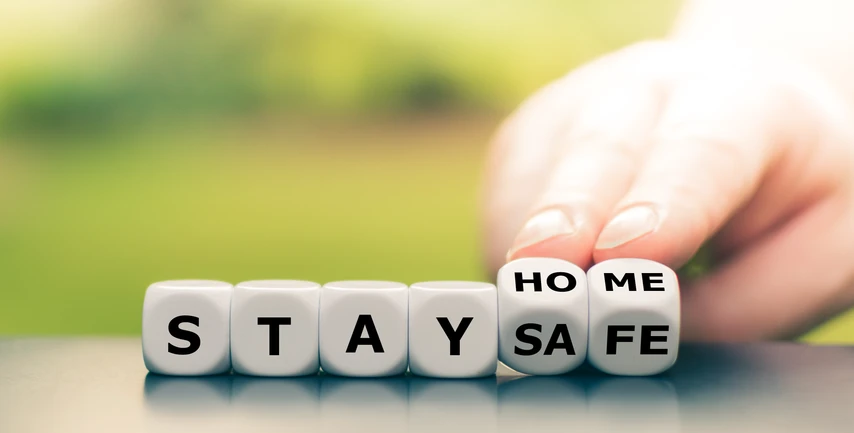
Never underestimate the potential for danger to an infant or toddler from seemingly harmless elements in your home.
A child’s curiosity can easily lead to a large flat-screen TV toppling off its perch on a narrow entertainment centre. The quickening pitter-patter of little feet can come to an abrupt stop at the hard edge of a dining table.
Take action with the childproofing tips listed above and you'll greatly minimise the risks of injury to a child in your home.
The best tip of all is to never leave your child unattended. Their safe place is in the company of a close carer.

October 1, 2024
Almost every job involves using the body to carry out some type of manual task. Some tasks may be hazardous, causing injuries such as musculoskeletal disorders (MSDs). Knowing how to manage them is a legal responsibility of all workplaces.

January 10, 2024
In Australia, workplace safety is a top priority, and First Aid plays a crucial role in ensuring the well-being of employees. Workplaces are expected to adhere to specific regulations and guidelines outlined by Safe Work Australia. How does your workplace stack up?
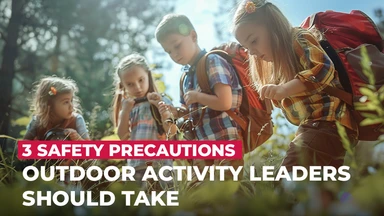
November 24, 2023
No matter how experienced you are as an outdoor activity leader, there are some things you should always do to keep your group safe. Nature can be unpredictable, and so it’s best to be prepared.